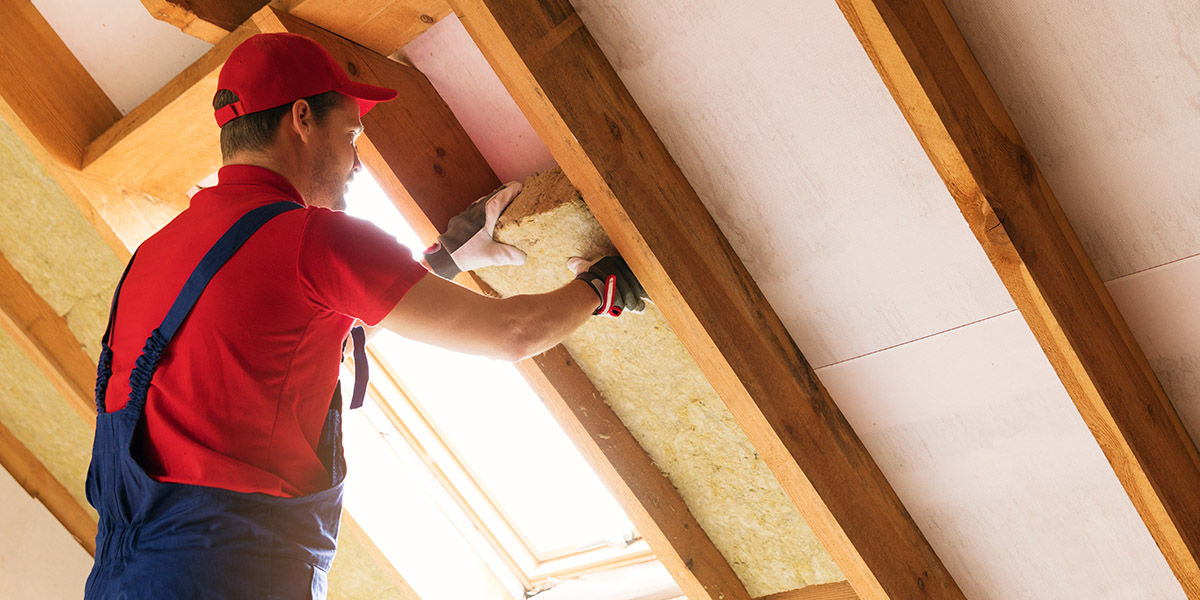What is retrofitting and why does it matter for Scottish homes?

If you’ve been house hunting, renovating, or even just browsing homes recently, you may have come across the term “retrofitting.” It sounds a bit technical - maybe like something you’d do to a car or an old spaceship. But when it comes to Scottish homes, retrofitting is something that's becoming more and more important. So, what exactly is it? And why should you care?
What is retrofitting?
Retrofitting simply means making upgrades to an existing home to improve things like energy efficiency, comfort, and sustainability. Think of it as giving your home a bit of a modern glow-up - not necessarily knocking down walls or extending the kitchen - but improving what’s already there to make it perform better.
This could involve a range of improvements, such as:
- Adding insulation to walls, roofs or floors
- Replacing single-glazed windows with double or triple glazing
- Installing energy-efficient heating systems, like heat pumps
- Draft-proofing older buildings
- Upgrading to smart controls and LED lighting
- Fitting solar panels or battery storage systems
In short, retrofitting is about making your home warmer, greener, and more affordable to run.
Why does retrofitting matter in Scotland?
Scotland has a rich and varied housing stock, from Victorian tenements and quaint cottages and modern townhouses and new build family homes. But many of our homes, especially the older ones, weren’t built with energy efficiency in mind. That’s a big deal when you consider that heating buildings accounts for around 20% of Scotland’s carbon emissions.
With the Scottish Government committed to reaching net-zero carbon emissions by 2045, improving the energy efficiency of homes is high on the agenda. Retrofitting is a key part of the puzzle. It’s not just about helping the environment… it’s also about helping homeowners and tenants cut down on rising energy bills, and creating healthier, more comfortable places to live.
What’s in it for you?
Aside from the environmental benefits, retrofitting can make a real difference to your day-to-day life, as well as your wallet. Homes that are better insulated and heated are less prone to damp and mould, stay warmer in winter, and are generally more pleasant to live in.
Improved energy efficiency can also boost your home’s EPC (Energy Performance Certificate) rating, which is increasingly important when it comes to selling or renting out your property. Buyers and tenants are more energy-conscious than ever, and a higher EPC rating could help your home stand out on the market, not to mention potentially increase its value.
How can you get started?
You don’t need to do everything at once. Even small changes - like fitting loft insulation or switching to a more efficient boiler - can make a noticeable difference. There are also grants and funding schemes available in Scotland to help homeowners with the cost of retrofitting, such as through Home Energy Scotland or local authority initiatives.
If you’re not sure where to start, getting an energy assessment is a great first step. It’ll show you how your home is currently performing and what changes could make the biggest impact.
Retrofitting might not be the flashiest home improvement trend, but it’s one of the most important... for your comfort, your bank balance, and the planet. As the drive toward more energy-efficient homes gains momentum in Scotland, retrofitting is quickly becoming less of a niche idea and more of a necessity.
So whether you’re selling, buying, or just keen to futureproof your home, it’s well worth thinking about how your property could benefit from a retrofit.
For more information on the types of retrofitting and the benefits that come with it, check out our Retrofitting hub page.